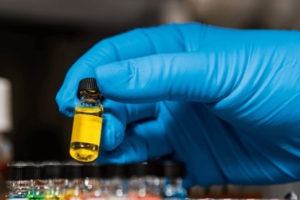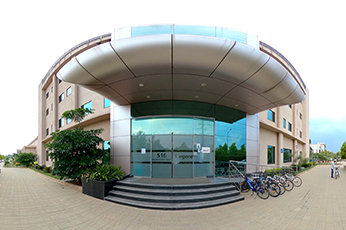In vivo efficacy studies across therapeutic areas
Syngene offers validated pharmacodynamic and disease models, customized animal models, and comprehensive preclinical toxicology services. We have scientific and technical expertise in various diseases such as inflammation, metabolic disorders, oncology/immuno-oncology, central nervous system disorders, pain, and cardiovascular and renal disease. All our efficacy models are appropriately supported by ex vivo assays, histopathology services, biomarkers, PK-PD studies, and imaging. Our 67,000 sq. ft. state-of-the-art animal laboratory facility is AAALAC-accredited and GLP-certified.For a complete list of validated models click here










